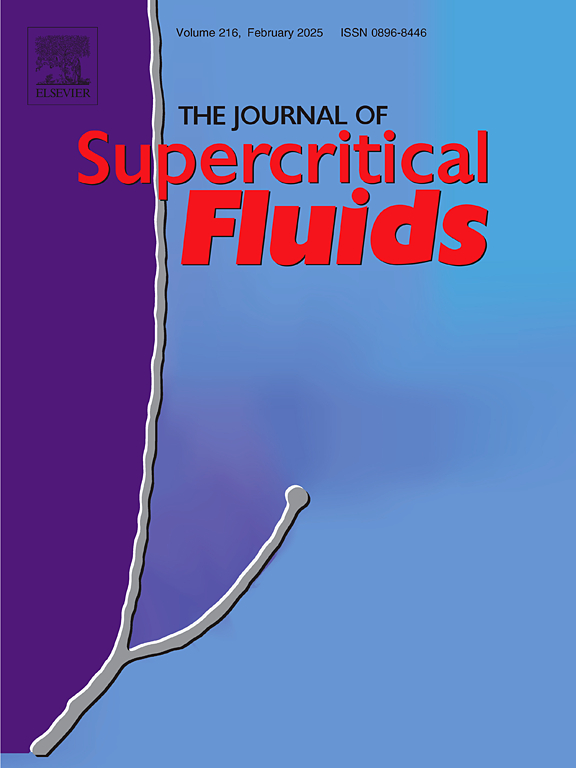热、质量和动量传输现象是在长时间空间任务中通过超临界水氧化处理废物的必要步骤
IF 4.4
3区 工程技术
Q2 CHEMISTRY, PHYSICAL
引用次数: 0
摘要
与未来长期行星任务相关的挑战之一是在闭环生命维持系统中提供必要的资源。为此,需要对超临界流体的热力学和输运性质有深入的了解。这方面综述了近40年来在热输运、质量输运和动量输运方面取得的重要成果。结果还包括振动对液汽界面位置的影响和特定振动不稳定性的开始。主要的结果是发现了近临界流体(活塞效应、沸腾)特有的热行为、相变演化的普遍性和特定的振动不稳定性。这些研究结果将应用于超临界废物氧化技术在空间失重环境中的应用研究,这是一种有效、安全的废物处理技术。虽然这项技术尚未达到最终状态,需要进一步发展,但这些研究为识别潜在危险、改进系统设计和制定所有超临界流体地面应用的安全协议提供了有价值的机会。本文章由计算机程序翻译,如有差异,请以英文原文为准。
Thermal, mass and momentum transport phenomena as a necessary step to process wastes during long duration space missions by supercritical water oxidation
One of the challenges associated with future long duration planetary missions is supplying with essential resources in a closed-loop life support system. For this purpose, a deep understanding of the thermodynamic and transport properties of near and supercritical fluids is required. The most important results concerning thermal, mass, and momentum transport which were obtained since nearly 40 years are reviewed in this aspect. The results also include the effect of vibrations on the liquid-vapor interface position and the onset of specific vibrational instabilities. Major results are concerned with the discovery of thermal behavior specific to near-critical fluids (Piston Effect, boiling), universality of phase change evolution and specific vibrational instabilities. These findings are applied to the studies concerning the use of supercritical waste oxidation in space weightlessness, a promising technology for efficiently and safely disposing wastes. Although this technology is not in its final state and needs further developments, such investigations offer valuable openings to identify potential hazards, improve system design and develop safety protocols for all supercritical fluids ground applications.
求助全文
通过发布文献求助,成功后即可免费获取论文全文。
去求助
来源期刊

Journal of Supercritical Fluids
工程技术-工程:化工
CiteScore
7.60
自引率
10.30%
发文量
236
审稿时长
56 days
期刊介绍:
The Journal of Supercritical Fluids is an international journal devoted to the fundamental and applied aspects of supercritical fluids and processes. Its aim is to provide a focused platform for academic and industrial researchers to report their findings and to have ready access to the advances in this rapidly growing field. Its coverage is multidisciplinary and includes both basic and applied topics.
Thermodynamics and phase equilibria, reaction kinetics and rate processes, thermal and transport properties, and all topics related to processing such as separations (extraction, fractionation, purification, chromatography) nucleation and impregnation are within the scope. Accounts of specific engineering applications such as those encountered in food, fuel, natural products, minerals, pharmaceuticals and polymer industries are included. Topics related to high pressure equipment design, analytical techniques, sensors, and process control methodologies are also within the scope of the journal.
 求助内容:
求助内容: 应助结果提醒方式:
应助结果提醒方式:


